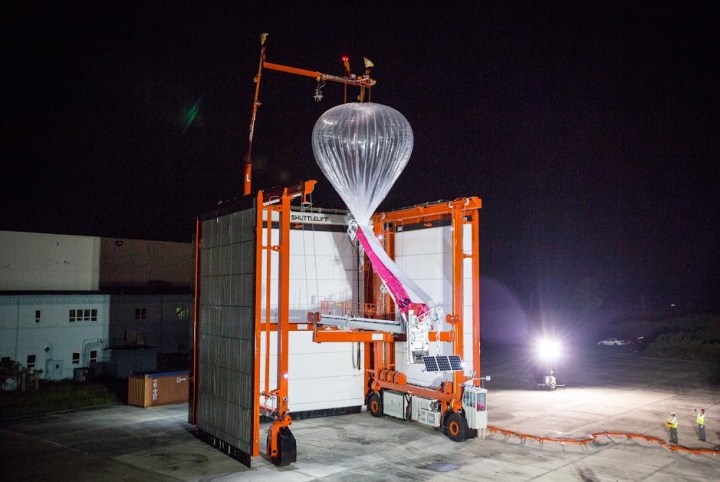
“Working with AT&T, Project Loon is now supporting basic communication and internet activities like sending text messages and accessing information online for some people with LTE enabled phones,” Project Loon leader Alastair Westgarth wrote. “This is the first time we have used our new machine learning powered algorithms to keep balloons clustered over Puerto Rico, so we’re still learning how best to do this. As we get more familiar with the constantly shifting winds in this region, we hope to keep the balloons over areas where connectivity is needed for as long as possible.”
Now, Project Loon has reached new milestone. PCMag has reported that Project Loon has restored internet connectivity more than 100,000 people in Puerto Rico.
This report was confirmed on The Team at X’s Twitter account.
Since turning on service, #ProjectLoon has delivered basic internet connectivity to more than 100K people in Puerto Rico. https://t.co/s0zmFB9dRy
— The Team at X (@Theteamatx) November 9, 2017
Alphabet’s Loon balloons serve as replacements for the cell towers that were destroyed by Hurricane Maria, but they aren’t capable of providing any service on their own. Google’s parent company is still relying on AT&T and other cellular carriers to provide service; Loon just serves as a delivery mechanism.
Westgarth warned that Project Loon was still an experimental technology, so the company could make no promises regarding how long Loon would work. However, he said that they intended to maintain the project “in areas where it’s needed for as long as it is useful and we’re able to do so.”
Unfortunately, it is looking like Project Loon might be needed for many months to come. NPR reports that nearly 80 percent of Puerto Rico remains without power, and lack of reliable communication services further slowed the recovery. Google’s parent company is hopeful that Project Loon will be able to aid relief efforts while ensuring that those caught in the storm are able to keep in touch with friends and family.
This isn’t the first time that Project Loon has been used to respond to disasters. Earlier this year, the company worked with the Peruvian government and wireless providers to restore internet access to the tens of thousands of people who were affected by floods.
X was formerly known as Google X; the so-called Moonshot Factory was where Google kicked off its most pie in the sky concepts. Today X is an innovation lab within Alphabet, the parent company of Google.
Update: Project Loon has reached 100,000 users in Puerto Rico.


